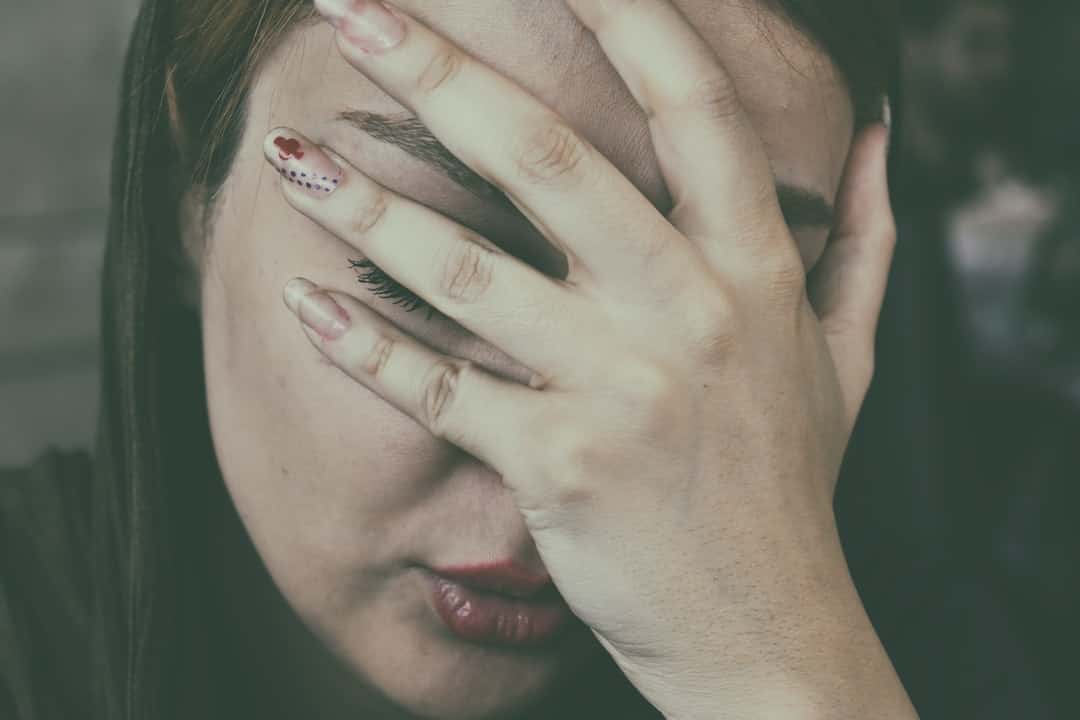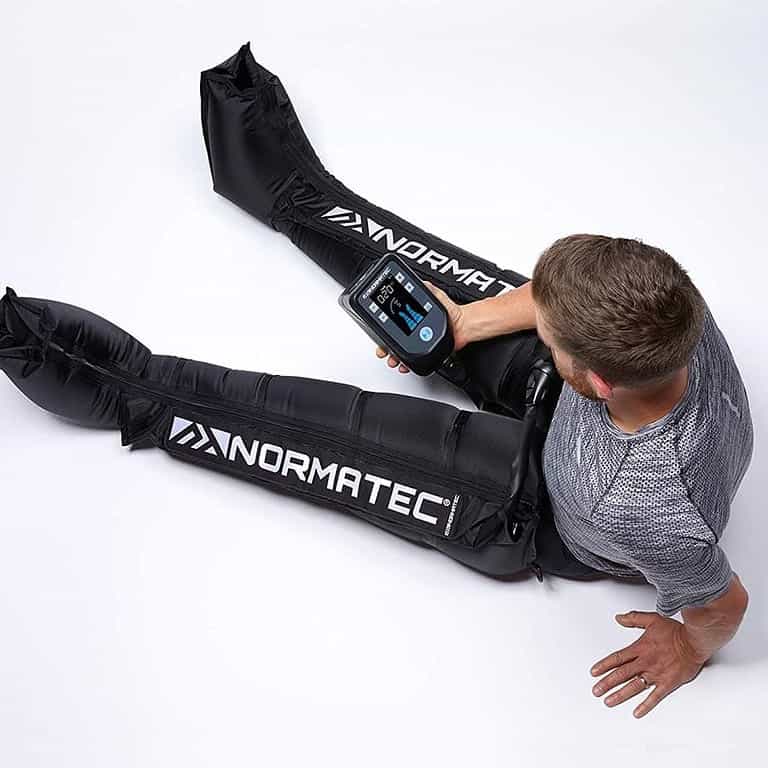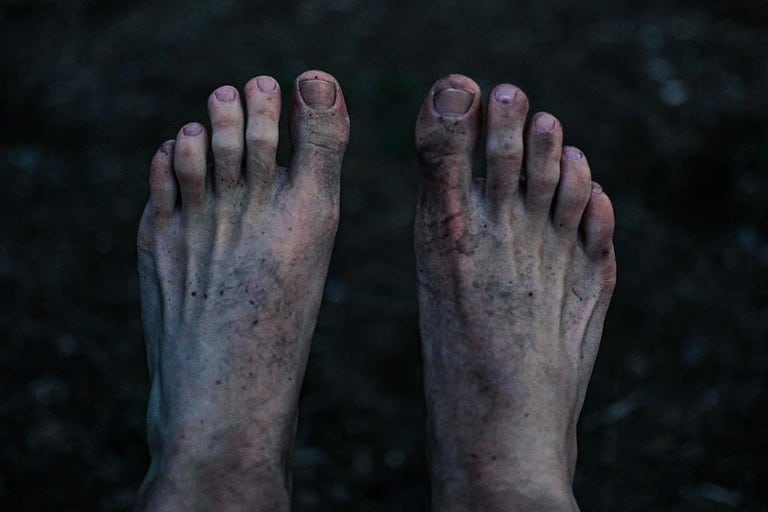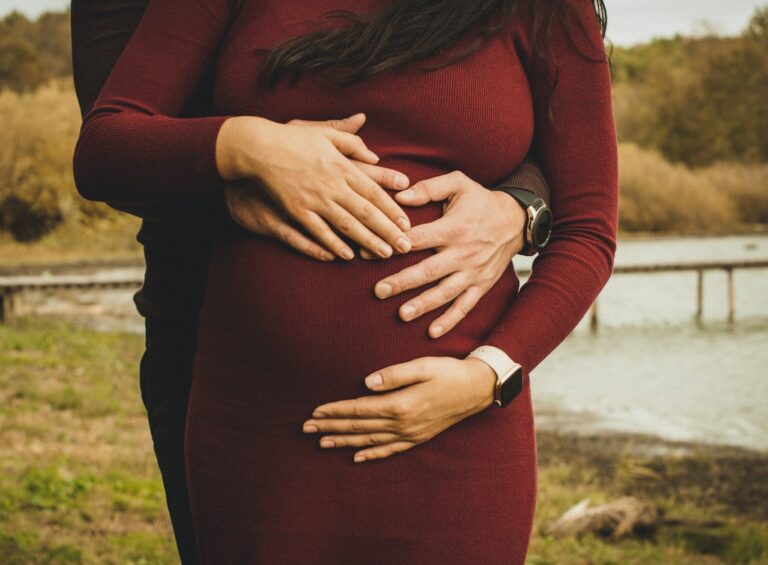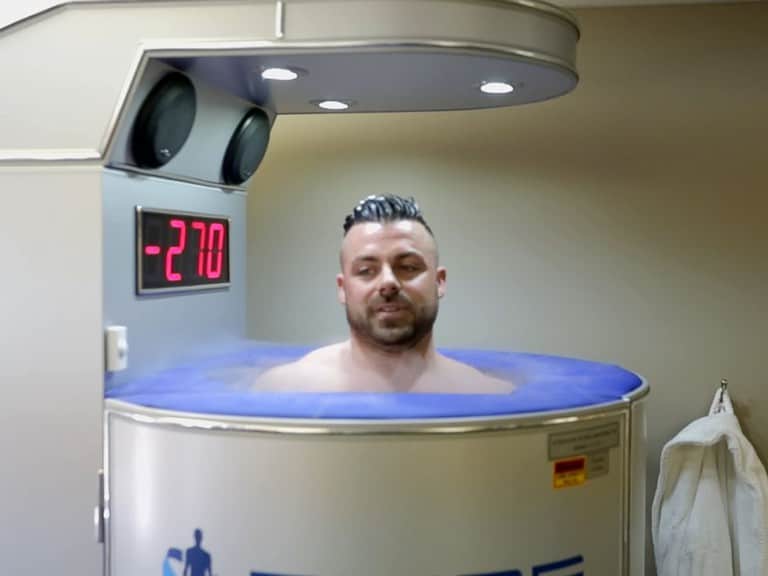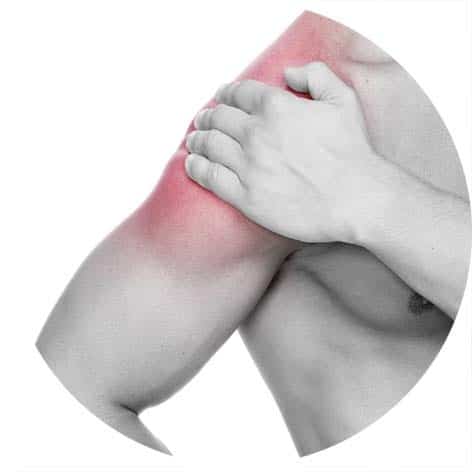Can Cryotherapy Cause Headaches and Migraines?
Can cryotherapy cause headaches due to the extreme cold? This is an important question for anyone considering cryotherapy as part of their wellness routine. Before deciding to pursue cryotherapy, it is essential to weigh the potential risks as well as benefits.
How can cryotherapy cause headaches? And how can you prevent them from happening?
In this article, we’ll explore these questions and find out if headaches are one of the common cryotherapy side effects you should watch out for.
Table of Contents
What is Cryotherapy?
Cryotherapy is a technique that involves subjecting the body to frigid temperatures for therapeutic purposes. For centuries, cryotherapy offered temporary relief for a wide range of ailments, and in recent years it has gained traction as an alternative therapy.
Cold therapy exposes the body to sub-zero temperatures ranging from -120°C to -170°C in order to reduce inflammation and promote healing by increasing blood flow throughout the body.
Whole-body cryotherapy (WBC) involves standing in a chamber with cold air circulating around you for several minutes.
Localized cryotherapy (LC) focuses on treating specific areas such as joints or muscles using ice packs, ice baths, or other devices that apply ice to the skin.
Cryotherapy can offer various advantages, including providing relief for joint pain and muscle soreness due to arthritis, as well as faster post-workout recovery.
Moreover, frequent cryotherapy treatments may also help boost energy levels, minimize stressors, improve sleep quality, fortify the immune system’s performance, and even increase metabolic rate so you can burn more calories.
Certain studies have also indicated that cryotherapy helps alleviate symptoms of anxiety disorders and depression.
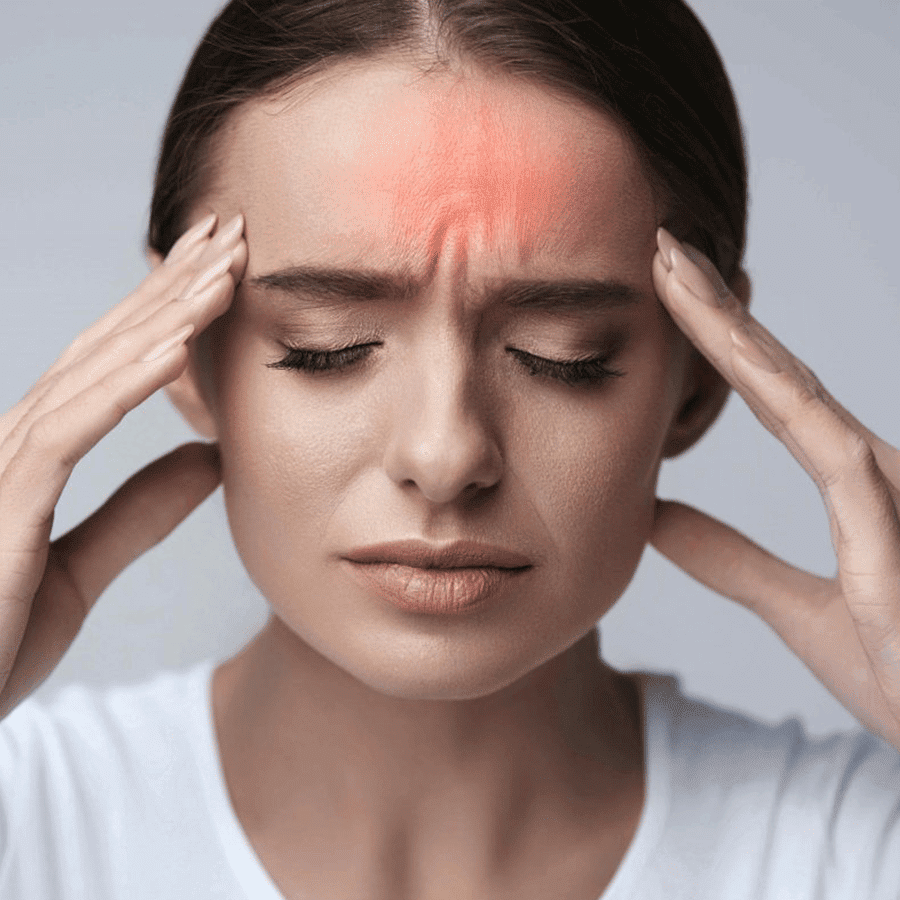
(Source)
Cryotherapy and Tension Headaches
When it comes to treating tension headaches specifically, cryotherapy works by reducing inflammation in the head area which can be caused by muscle tightness or spasms around the neck region.
By cooling down these areas with cold air or liquid nitrogen vapors, cryotherapy can help alleviate some of the symptoms of tension headaches.
Cryotherapy and Migraines
Migraine headaches are caused by increased levels of inflammatory chemicals called cytokines in the brain, which cause swelling and pressure on nerves leading from the head down into other parts of your body such as your neck or shoulders.
By using cryotherapy, it’s believed that these cytokines can be reduced, thus relieving some symptoms associated with migraines such as nausea, sensitivity to light and sound, fatigue, and dizziness.
The primary benefit of using cryo for migraine relief is its ability to reduce symptoms quickly without the side effects of pharmaceuticals.
Research also suggests that cold therapy could potentially even prevent future episodes altogether, so if you’re looking for something more permanent then cryotherapy might be worth considering.
It is important to note that results may vary from person to person depending on the severity of their migraines. Some individuals may not find success after trying multiple sessions, so it is wise to explore other options such as acupuncture or massage therapy if cryo isn’t working for you.
So if cryotherapy helps relieve headaches, why do some people experience headaches after cryotherapy treatments?
Prior to any cryotherapy treatment, it is vital to know the possible side effects so you know what to expect after the treatment is complete. Let’s explore how can cryotherapy cause headaches.
Key Takeaway: Cryotherapy is an ancient practice that entails exposing the body to very cold temperatures. It has been used to reduce inflammation, improve circulation and stimulate healing while also increasing energy levels, reducing stress and enhancing sleep quality.
Can Cryotherapy Cause Headaches?
Headaches are one of the most common cryotherapy side effects. This is often caused by the sudden change in temperature once you leave the cryotherapy chambers.
When exposed to extremely cold temperatures, your body’s natural response is to constrict blood vessels which can lead to tension-type headaches or migraines.
Dehydration from exposure to dry air during a session may also be a contributing factor.
Following cryotherapy, you may experience tension-type headaches in one or both sides of the head, sensitivity to light and sound, nausea, vomiting, exhaustion, and impaired focus. All of these side effects are temporary but if symptoms persist, seek medical attention right away as they could indicate something more serious than just a headache.
It is pretty normal to experience headaches after a session at cryotherapy spas, but there are ways to mitigate this side effect.
How to Prevent Headaches After Cryotherapy
With all these side effects, is cryotherapy safe?
Here are a few ways to prevent headaches after whole-body cryotherapy or localized cryotherapy.
First, be sure to tell your doctor about any medications you are taking as some may interact with the cold temperatures used in cryotherapy.
Additionally, drink plenty of fluids prior to treatment to stay hydrated throughout the process.
Wear appropriate clothing that will not constrict circulation or put too much pressure on your body while inside the cryo chamber.
Following a session, allow your body to rest and avoid strenuous activities. You could do light physical activities such as walking or stretching to stimulate blood flow throughout the body after standing or sitting still in a cryo chamber.
When to Call Your Doctor
Persistent headaches after whole-body cryotherapy are a legitimate cause for alarm. It’s important to know when it’s time to call your doctor to prevent serious complications.
Mild headaches may indicate an underlying issue that needs further evaluation and treatment by a healthcare provider.
If you experience a persistent headache, dizziness, confusion, vision changes, difficulty speaking or understanding speech, nausea, vomiting, and numbness/tingling in your limbs after cryotherapy, seek emergency care immediately.
Conclusion
Cryotherapy can cause headaches in some cases, but the risk is low and preventable. To help avoid post-cryotherapy headaches, it’s important to drink lots of liquids before and after your session.
If you experience a prolonged or worsening headache, seek medical assistance right away. By understanding how can cryotherapy cause headaches and taking preventive measures, you can ensure that your sessions are safe and beneficial for your health.
Smart Living Now provides comprehensive resources to help the modern family stay healthy and independent. Discover our in-depth solutions for cryotherapy-related headaches today!

